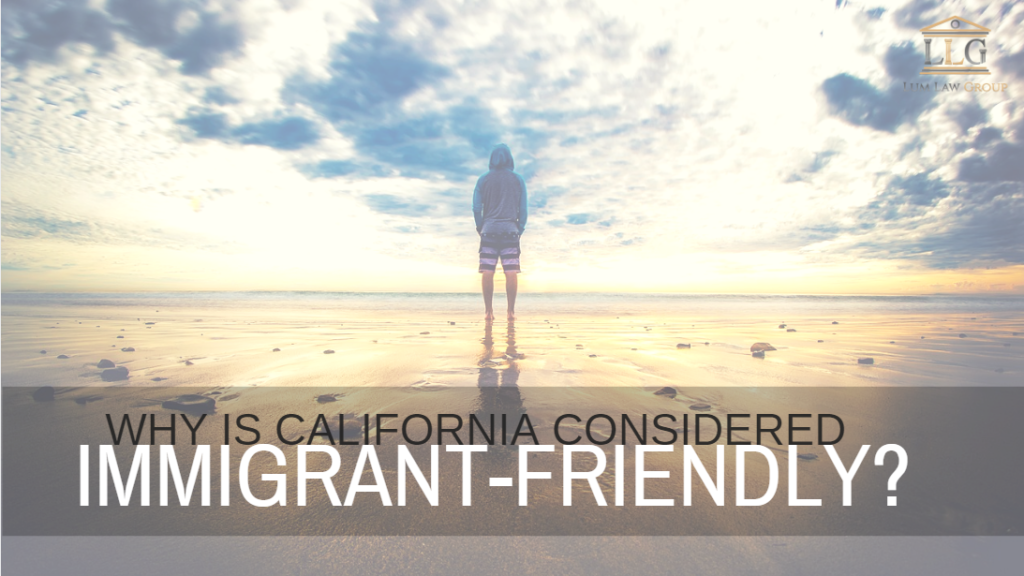The 7 New 2020 Laws Affecting Employers and Business Owners in California

If you’re a business owner with employees, it is time to familiarize yourself with these seven new employment-related laws that went into affect on January 1, 2020. Ensure you follow best hiring practices and follow these laws for existing employees. 1. New minimum wage California has a new minimum wage. If your business employees 25 […]
Which Comes First? State Registration or Federal ID Number?

Did you ever wonder which came first, the chicken or the egg? Similarly, you may have wondered if you should be filing your company with the State or with the Federal Government first? Or perhaps they’re just one and the same? They are not. There is an order which you should follow, but consultants offering […]
Why California is Called Immigrant-friendly

While the passing of new year’s reminds us of resolutions and letting go of the past, for Californian immigrants, 2018 marked a new era. The Sanctuary State bill passed in October of 2017 came into effect January 1, 2018, making California the first sanctuary state ever. But hold on, what does it mean for California […]

